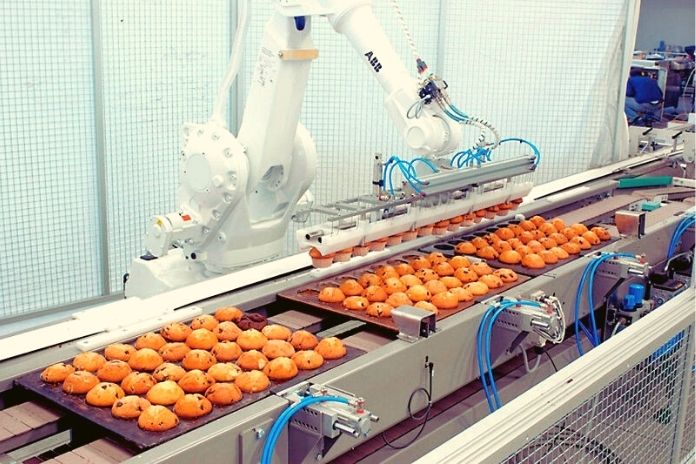Robots Improve Hygiene- Nothing works in the food and medical technology industries without hygiene. Robots can take on many routine tasks. They clean systems with chemicals and disinfect surfaces with UV radiation.
Insensitive areas, hygiene have not only been a central issue since the SARS-CoV-2 pandemic. Production facilities and rooms have to be cleaned regularly but also disinfected. Many steps have to be carried out manually. Such processes are hardly standardized, which can lead to errors. In addition, the work takes a lot of time – and devours human resources.
That is why engineers at the Fraunhofer Institute for Process Engineering and Packaging IVV in Dresden have developed a cleaning robot for industrial applications. There are two variants of the device. One robot cleans floors or surfaces. Another cleans the inside of machines.
Robots Improve Hygiene- With Artificial Intelligence Against Pollution
Both robots get their energy from batteries. They move autonomously through their surroundings but are connected to the base station via a hose. From there, the devices obtain chemicals for cleaning and disinfection.
They are controlled via WLAN. Several sensors control important functionalities. When navigating, they determine their respective whereabouts in the hall. A radar sensor is on board if spray mist or moisture makes optical positioning difficult. And an optical fluorescence sensor records both the object to be cleaned and its degree of soiling.
Based on the fluorescence method, the installed sensor system scans and calculates the degree of soiling and adjusts the cleaning parameters such as the pressure and the amount of cleaning foam accordingly. A detector detects fluorescent dirt particles such as fats, oils, and proteins via UV light. the detergent and the water precisely based on the determined values.
These parameters are recorded closely and evaluated with an artificial intelligence tool. The robot recognizes whether everything is going according to plan while it is cleaning. The data is sent to a virtual twin via WLAN. Partial steps are further optimized there. The system is self-learning and further optimizes its performance.
Efficient Use Of Resources
The robots presented now do not differ in their basic functionalities but have different areas of application. One variant can, for example, move into the interior of production systems via the conveyor belt to clean this area. The other model was designed for outdoor spaces. It has an extendable arm with a jet cleaner to reach higher regions.
The degree of pollution fluctuates greatly both inside and outside of systems. Sensors regularly scan the cleaning progress. The signals are analyzed and make it possible to dose chemicals in a more targeted manner.
“Our tests have shown that you can save up to 50% on cleaning agents in this way since only the amount of cleaning agent that is required is applied to the surfaces,”. “For example, you can train the system to clean as resource-efficiently as possible in a given period, for example, in a free night shift in a two-shift system.” The researcher sees another plus point in the fact that all steps are logged and documented.
Cleaning Of Sensitive Industrial Areas
Hesse and his colleagues see prospects for smart cleaning robots not only in the food industry. Companies in sensitive areas such as medical technology or the pharmaceutical industry could also benefit from this.
Especially in times of crisis, keyword corona pandemic, intelligent systems help to save resources. “Our automated system can show its advantages, especially when there is a shortage of staff,”. Depending on the industry, up to 10% of the employees are required for cleaning alone. Automated systems relieve the whole team here.
Chemical-Free Cleaning With UV Light
The limitation is that not all areas can be cleaned with a damp cloth. Engineers at the Massachusetts Institute of Technology at Cambridge (MIT) have also developed solutions for such scenarios.
It has long been known that UV-C light effectively kills viruses and bacteria on surfaces. However, radiation can harm people. So they developed an autonomously navigating robot system and tested it in a food warehouse. The required UV dose was achieved to destroy germs effectively. The developers write that their system is also suitable for kindergartens, schools, and hospitals.
ALSO READ: Digitization, The Smart World Of Work, AI: Trends In The Industry

